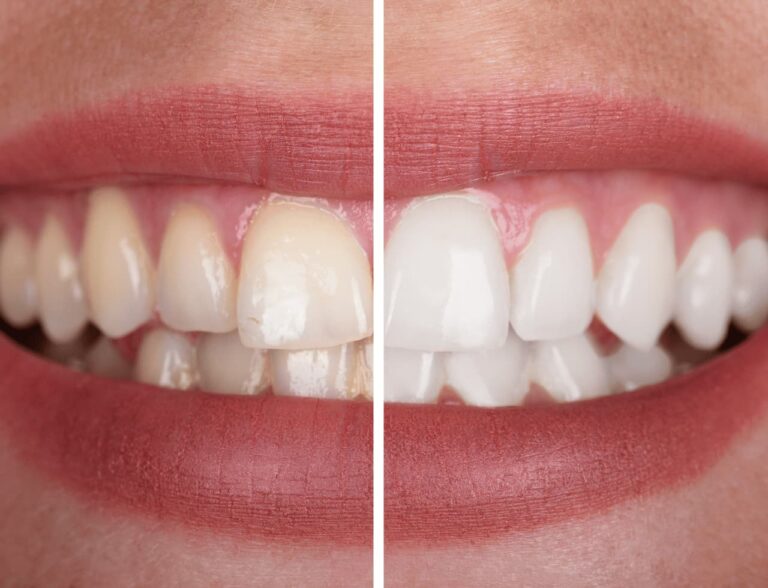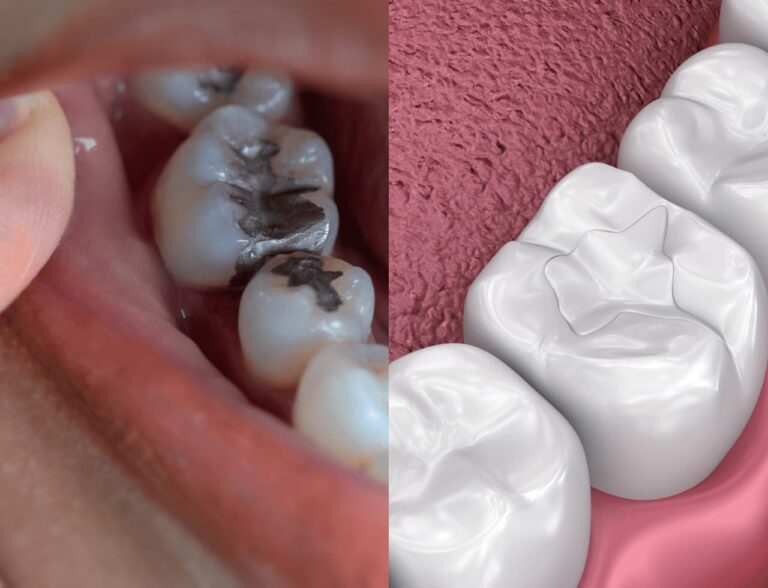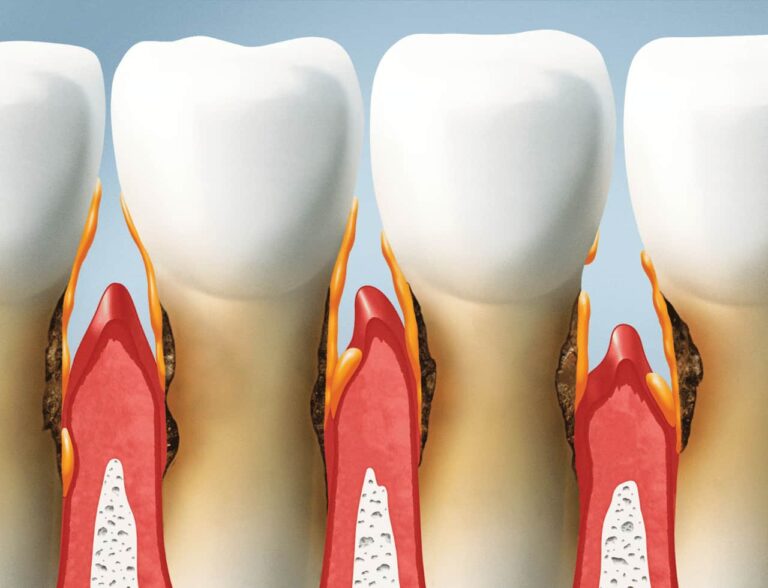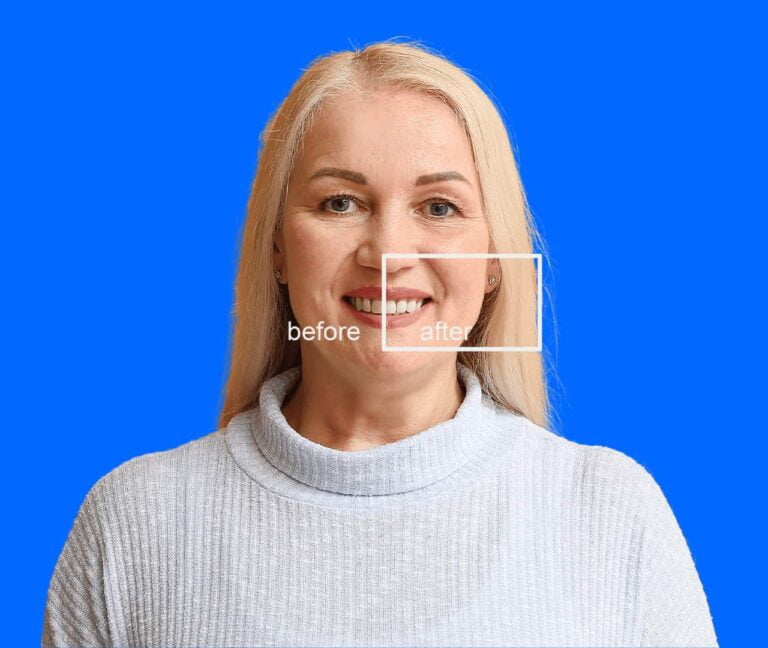Porcelain Crowns & Bridges
Porcelain Crowns & Bridges Specialists
Smilebook Dental in Hyderabad provides a variety of tooth replacement solutions, including comfortable, natural-looking dental implants, bridges, and crowns, to help patients in the city of Hyderabad improve their appearance and feel more confidence in their appearance.
Please contact us right away!
09515961060
Procedure and expense of a dental crown
A dental crown, also known as a porcelain crown, ceramic crown, or crown implant, is a dental restoration created by a technician outside of the patient’s mouth in a lab setting. A dental crown is comprised of a variety of materials, such as gold, ceramic, metal alloys, and porcelain, and is bonded to metal.
The dental crown process, on the other hand, is conducted by a certified dentist and necessitates a high level of expertise. To accommodate the new dental crown, the dentist will remove portion of the tooth structure over the entire tooth during the preparation process. During dental crown preparation, any weakened tooth structure, such as disease or fissures, is also removed.
Procedure for a porcelain crown:
Please note that our practise employs 3D scanners, thus the doctor uses a digital wand instead of the dental imprint that you see in this video. Furthermore, because we employ 3D scanners, the impression time is significantly reduced. Your whole experience has improved significantly.
The porcelain crown procedure is a two-visit procedure similar to the ceramic onlay and inlay procedures. Please see our Porcelain & Composite Fillings article for more information on the process.
Following the preparation, temporary dental crowns are placed. They will last until the permanent crown is cemented in place.
Types of Crowns and bridges:
Dental Crowns are available in a variety of styles.
Crowns made entirely of ceramic, such as eMax press
Zirconia crowns
Crowns made of porcelain bonded to metal
Crowns of gold
In actuality, the varieties of dental crowns explain the materials utilised to fabricate the crown, but the concept and technique are the same from the patient’s perspective.
“Tooth enamel is a translucent surface that allows up to 70% of light to pass through. According to the Dentistry Journal, “dentin can also transmit some light.” When a dental crown is needed, the position of the tooth, the bite, and aesthetics must all be taken into account when deciding on the best form of dental crown. Zirconia and Emax Press crowns are currently the most popular types of dental crowns. They are metal free caps that have beautiful aesthetics and longevity.
Dental crown on the back teeth
Although zirconia crowns are more opaque than eMax caps, they may be a better option if you brux frequently.
Dental crowns are used to cover the front teeth.
If you need dental crowns on your front teeth and aren’t a grinder, eMax crowns are a great option for restoring your smile.
At Smilebook Dental, we work with top of the line dental lab and ceramic specialist, which ensures that our results are beautiful and natural looking teeth. Check out our smile gallery of dental crowns before and after photos to judge for yourself.
When do I need a dental crown?
With so many replacement options to restore your damaged or missing tooth, it is important to understand what is the proper treatment for each type of dental damage. In the dental arsenal of procedures, we have dental bondings, ceramic onlays and inlays, dental crowns, and porcelain veneers to restore most of the damage caused by decay or fractures or to enhance one’s smile.
When it is more appropriate to reconstruct the tooth with dental bondings or porcelain onlays, we discuss it in detail in the porcelain and composite fillings page; when dental veneers are regarded the best treatment, we explain it in detail in the porcelain veneers article. We’ll go over the situations where a dental crown is required in this article.
The following are some of the reasons why a dental crown is used to restore a tooth:
If you require a root canal or have already had one, it is recommended that you replace the tooth with a porcelain crown. The tooth becomes brittle after a root canal procedure and may break under biting pressure. As a result, it is recommended that it be restored with a crown as soon as possible.
If the tooth is severely shattered and a porcelain onlay is unlikely to give adequate retention for a long-term result, the dentist will recommend that a crown be placed over the injured tooth.
If an existing crown needs to be replaced because to fracture, decay, or for cosmetic reasons, a new crown will be needed.
Similarities between a dental crown and an onlay include:
Both dental treatments are used to repair teeth that have been damaged.
The preparation and delivery method is the same for both, as seen below.
Crowns and onlays can be fashioned of the same ceramic or gold material.
The treatment costs are comparable. Differences:
The major difference between the two is the size and amount of tooth filed down to accommodate the new treatment.
Dental crown issues:
Thanks to considerable developments in ceramic dentistry, dental crowns are no longer as necessary as they once were. It is no longer wanted of the surgery due to a considerable reduction in tooth structure, as ceramic onlays and inlays provide the same sort of restoration while being a more conservative treatment that does not require the same reduction of the tooth.
If the crown is porcelain fused to metal, the metal edge of the crown will eventually show, and if aesthetics are essential, the crown will need to be replaced.
A dental cap, like any other restoration, can come off for a variety of reasons.
What should you do if your dental crown falls out?
Is this a dental emergency? Yes, it is? Is it necessary for you to be seen immediately away? What should you do if you don’t have access to a dentist?
If a dental crown breaks off, you must immediately visit a dentist who will examine the tooth, clean the crown, and, if no contradictions exist, re-fix it with permanent cement.
Crown vs. dental implant
Under no circumstances are these two processes substitutes for one another. A dental crown is used to restore an existing tooth, whereas a dental and implant crown is used to replace a missing tooth. If you wish to save a tooth with a doubtful diagnosis and your options are a root canal, post/core, and a dental crown, or extraction, dental implant, and implant crown, we recommend that you think about your finances. If you choose option one and the tooth still needs to be extracted, you will be charged for both procedures. Having your own tooth is always an advantage if money isn’t an issue.
Smilebook Dental charges for porcelain dental crowns.
Many dental memberships are available through Smilebook Dental. If you have a dental membership and your dentist participates in it, your membership will determine the dental crown. Our dental billing coordinator will request a pre-treatment estimate on your behalf in order to determine the overall cost.
Cost of a Porcelain Dental Crown in Hyderabad
In Hyderabad, the typical cost of a dental crown ranges from Rs.3000-Rs.20000. This charge excludes any extra treatments that may be required, such as a root canal, crown lengthening, or core build-up. The cost of a crown is determined by the experience of the dentist and crown specialist, the material used, and the location of the dental clinic. Despite the fact that Smilebook Dental offers affordable mid-range prices, our experts feel that everyone deserves the greatest care. Don’t forget to look at our before and after pictures as well.
Smilebook Dental is conveniently located in Hyderabad and is open seven days a week, giving our patients more scheduling options. We’ve grown into a multi-specialty clinic with the capacity to help you with any dental issue in one place, thanks to our over 12 years of experience.
Schedule a free consultation with one of our experienced dentists to discover everything you need to know before making a choice.
What is the definition of a dental bridge?
A bridge is an unique dental device that spans (or bridges) the gap created by one or more missing or removed teeth. Bridges are supported by the teeth on either side of the gap, which are normally protected by dental crowns, which are protective covers that wrap and strengthen the entire tooth.
While dental bridges and removable dentures were once the only options for replacing missing teeth, advances in implant dentistry have given patients and dentists a variety of options, including implant crowns and bridges to replace a single missing tooth to multiple teeth, as well as implant dentures for a full mouth reconstruction.
During a bridge procedure, what should I expect?
The construction of a bridge normally necessitates two visits. The teeth on either side of the gap will be reshaped to make place for crowns during the initial session, and a digital impression of the gap will be taken so the bridge can be constructed to fit. While your bridge and crowns are being constructed, temporary crowns will be placed on the teeth to protect them. The crowns will be placed on your teeth with a strong adhesive at the second visit, and the bridge will be affixed as well. Fixed bridges use a bonding adhesive to adhere to the crowns permanently, whereas removable bridges use clips.






